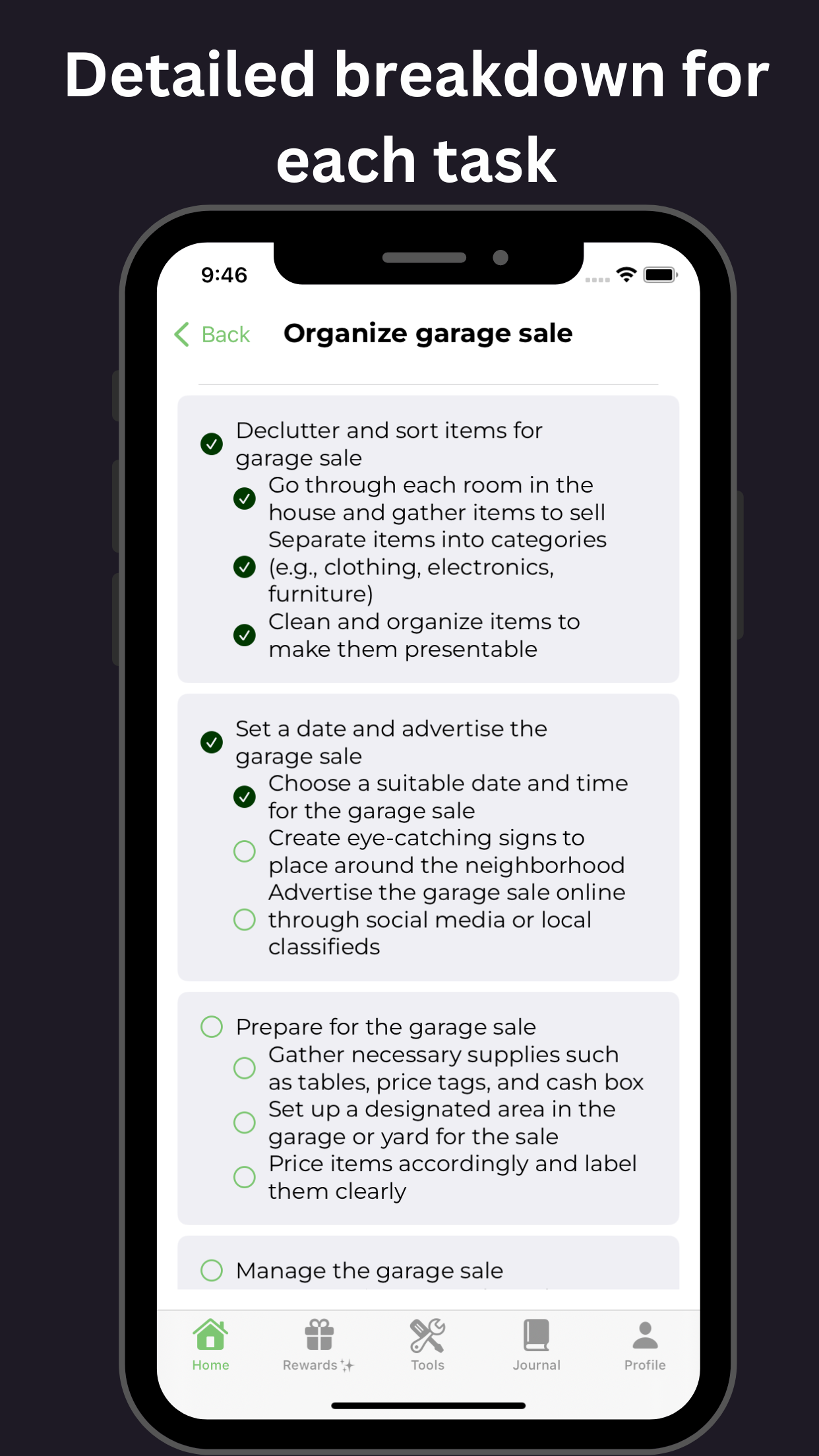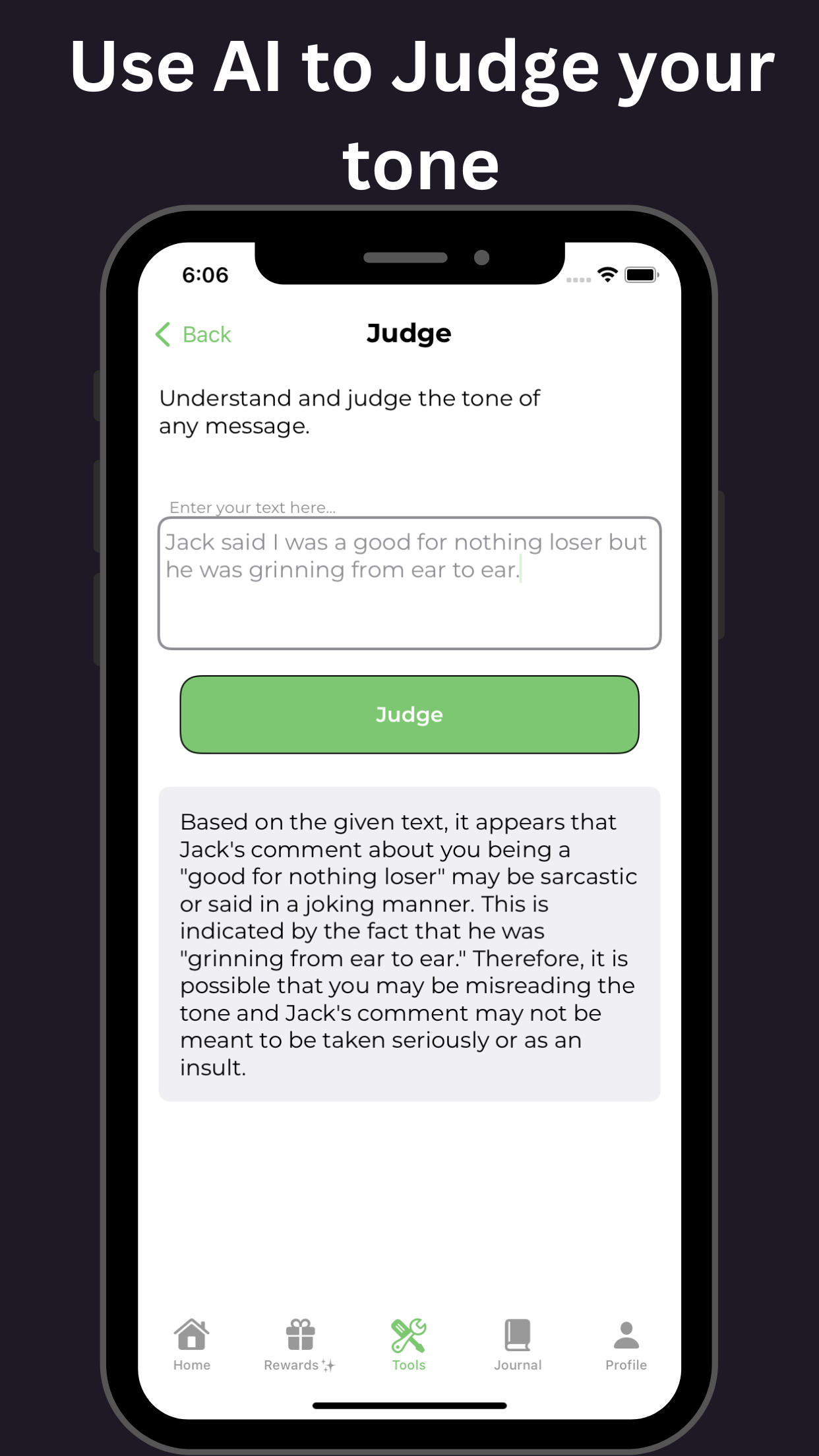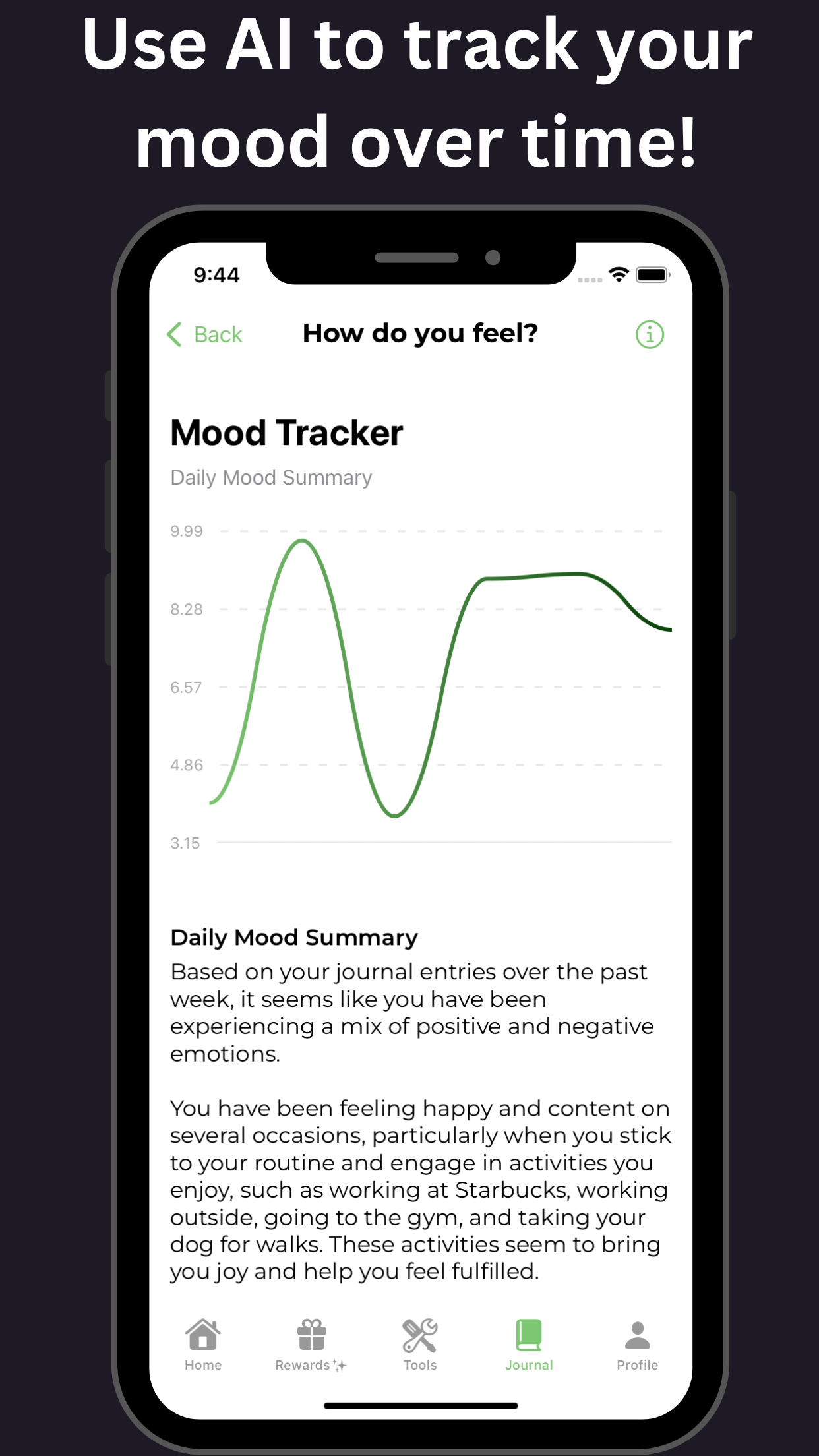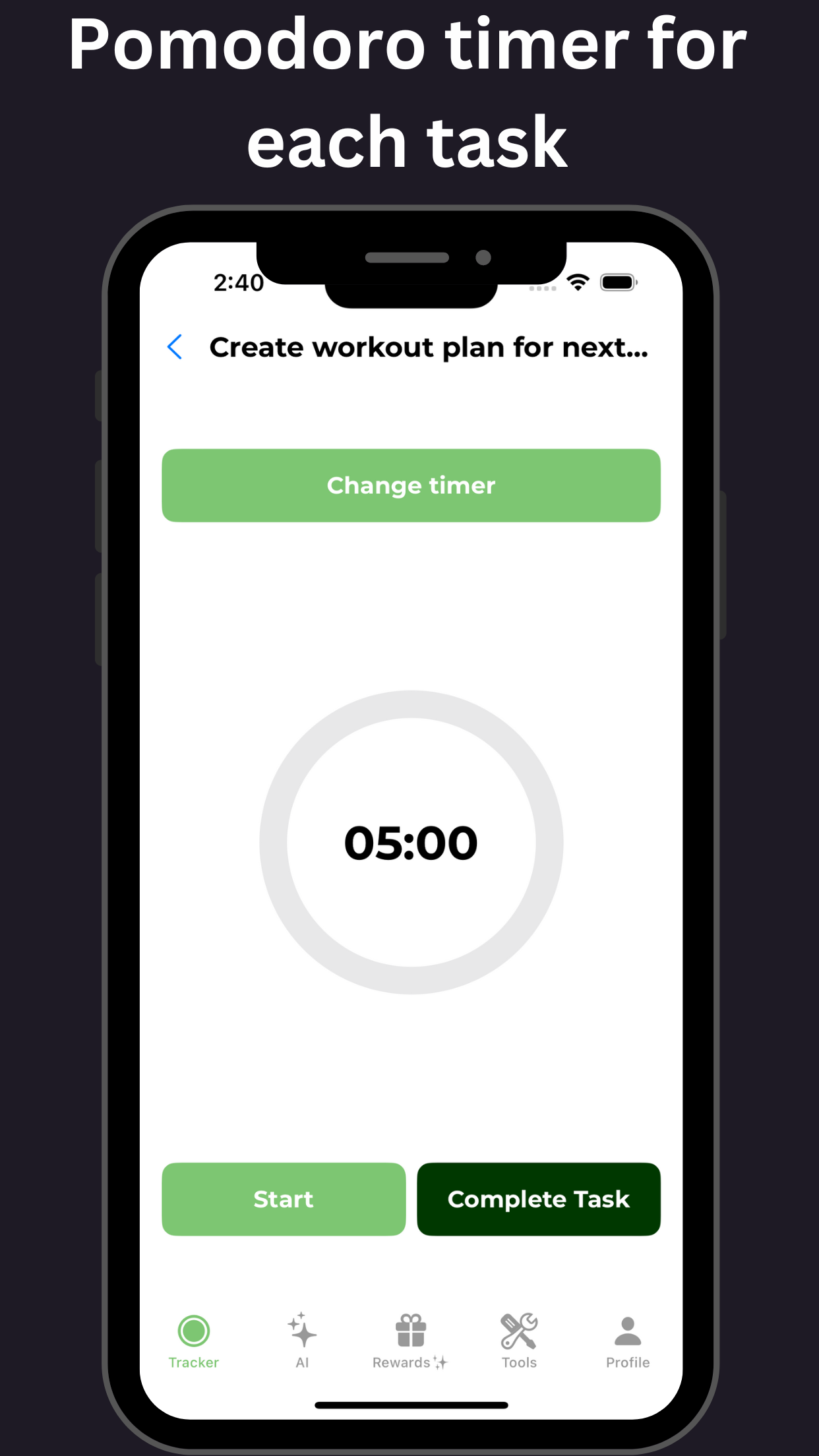Unlocking Productivity: The Power of ADHD Color Coding for Organization and Focus
Key Takeaways
| Key Takeaway | Description |
|---|---|
| Color Organization | Using colors to organize and categorize tasks, notes, and materials can help individuals with ADHD improve their productivity and focus. |
| Color-Coded Systems | Creating color-coded systems for tasks, such as red for urgent, yellow for medium priority, and green for low priority, can help individuals with ADHD prioritize tasks more effectively. |
| Visual Stimulation | Bright, bold, and contrasting colors can provide visual stimulation, which can help individuals with ADHD stay focused and engaged. |
| Personalized Color Associations | Associating specific colors with specific tasks, emotions, or routines can help individuals with ADHD create personalized mental anchors and improve memory recall. |
| Colorful Note-Taking | Using different colors for note-taking can help individuals with ADHD differentiate between main ideas, prioritize information, and increase retention. |
| Environmental Color Influences | The colors used in an individual's environment, such as blue for calming effects or red for energizing effects, can influence mood, focus, and productivity in individuals with ADHD. |
Introduction to ADHD Color: Understanding the Connection Between Color Perception and Attention Deficit Hyperactivity Disorder
Unraveling the Enigmatic Link: Understanding ADHD Color and Its Impact on Attention Deficit Hyperactivity Disorder. Explore the fascinating correlation between color perception and ADHD, and discover how ADHD color influences cognitive function, emotions, and behavior in individuals with Attention Deficit Hyperactivity Disorder.

Color Vision in ADHD: A Pilot Study: Examining Color Perception in Children with ADHD and Chronic Tic Disorders
Uncovering the Link Between ADHD Color Perception and Chronic Tic Disorders: A Pilot Study Reveals Insights into Color Vision in ADHD. Research suggests that children with Attention Deficit Hyperactivity Disorder (ADHD) and Chronic Tic Disorders may process colors differently, sparking questions about the role of color perception in ADHD. This pilot study sheds light on the fascinating connection between ADHD color and visual perception, offering valuable insights for parents, educators, and healthcare professionals seeking to understand the complex relationship between ADHD and color.
The Impact of Red Dye 40 on ADHD Symptoms: Can Removing This Color Additive Improve Symptoms in Children with ADHD?
Uncovering the Hidden Link: How Removing Red Dye 40 Can Improve ADHD Symptoms in ChildrenResearch suggests that artificial food colorings, particularly Red Dye 40, may exacerbate ADHD symptoms in children. A closer look at the impact of Red Dye 40 on ADHD reveals a possible correlation between the two. By eliminating this synthetic additive from their diet, parents may notice significant improvements in their child’s behavior and attention span. Dive into the world of ADHD color and discover how a simple dietary change can make a substantial difference in managing ADHD symptoms.
ADHD and Color Perception: The Role of Attention: How Exogenous Covert Attention Affects Chromatic and Achromatic Visual Perception in Adults with ADHD
Unraveling the Mystery of ADHD Color: How Attention Impacts Visual Perception in Adults with ADHDResearch has long suggested a link between ADHD and color perception, but the nuances of this relationship have remained unclear. A recent study sheds new light on the role of attention in chromatic and achromatic visual perception in adults with ADHD. The findings reveal that exogenous covert attention significantly impacts color perception in individuals with ADHD, highlighting the complex interplay between attention and color processing. Understanding this relationship is crucial for developing effective strategies to support individuals with ADHD, particularly in tasks that rely heavily on color-based information processing. Dive into the world of ADHD color and uncover the fascinating insights that can revolutionize our approach to managing this neurodevelopmental disorder.
The Retinal Dopaminergic Hypothesis: Testing Blue Color Perception in ADHD: Investigating the Association Between Dopamine and Color Perception in Young Adults with ADHD
Here is a summary about the topic “The Retinal Dopaminergic Hypothesis: Testing Blue Color Perception in ADHD”:
“Research suggests that individuals with Attention Deficit Hyperactivity Disorder (ADHD) may have altered color perception, particularly with the color blue. The Retinal Dopaminergic Hypothesis proposes that dopamine, a neurotransmitter involved in ADHD, affects retinal function and color processing. Studies have shown that young adults with ADHD demonstrate impaired blue color perception, which may be linked to dopamine dysregulation. This raises questions about the relationship between ADHD and color perception, specifically with the color blue, and its potential impact on daily life and cognitive function. Understanding the connection between ADHD and color perception could lead to new avenues for diagnosis, treatment, and accommodation strategies. Delving into the world of ADHD color perception can uncover fresh insights into the complexities of this neurodevelopmental disorder.”
Sex Differences in Red Color Perception: Exploring the Link to ADHD: A Study on the Relationship Between Red Color Perception and ADHD in Men and Women
“Unlocking the Mystery of ADHD Color: Sex Differences in Red Color Perception and Its Surprising Link to Attention Deficit Hyperactivity Disorder (ADHD)”
Research reveals a fascinating connection between red color perception and ADHD, with a significant difference in how men and women perceive the color red. This groundbreaking study sheds light on the intriguing relationship between ADHD color and the disorder, highlighting a distinct variation in color perception between the sexes.
ADHD and Vision Problems: A Systematic Review: Uncovering the Association Between ADHD and Diminished Contrast Sensitivity and Color Discrimination
Here is a summary about the topic “ADHD and Vision Problems: A Systematic Review” with a focus on the long-tail keyword “ADHD color”:
“Individuals with Attention Deficit Hyperactivity Disorder (ADHD) often experience vision problems, including diminished contrast sensitivity and color discrimination. Research suggests a significant link between ADHD and vision impairments, particularly in regards to ADHD color perception. Studies have shown that people with ADHD tend to struggle with distinguishing between similar shades of color, leading to difficulties in everyday activities such as reading and completing tasks. This systematic review highlights the importance of considering vision evaluations as part of a comprehensive ADHD diagnosis, as detecting and addressing vision problems can greatly improve treatment outcomes. By recognizing the connection between ADHD and color perception, clinicians and caregivers can better support individuals with ADHD in managing their condition and enhancing overall quality of life.”
Colour Perception in ADHD: Errors on the Farnsworth-Munsell 100 Hue Test: Investigating Colour Perception and Rapid Colour Naming Ability in Children with ADHD
Uncovering the Mystery of ADHD Color: How Colour Perception Affects Children with Attention Deficit Hyperactivity Disorder
Research has long suggested that individuals with Attention Deficit Hyperactivity Disorder (ADHD) may experience differences in colour perception, impacting their daily lives. A critical study sheds light on the correlation between ADHD and colour perception, specifically focusing on the Farnsworth-Munsell 100 Hue Test. This investigation reveals that children with ADHD tend to make more errors on this test, indicating potential impairments in colour perception. Moreover, the study explores the relationship between colour perception and rapid colour naming ability in children with ADHD, providing valuable insights into the complexities of ADHD color. By delving into the intricacies of ADHD color, this research aims to improve our understanding of this neurological disorder and its far-reaching effects on everyday life.
Food Dye and ADHD: The Controversy Surrounding Artificial Color Additives: Understanding the Debate Around Food Coloring and Its Potential Impact on ADHD Symptoms
Unraveling the Connection: Food Dye and ADHD - Separating Fact from Fiction in the Debate on Artificial Color Additives and ADHD Symptoms. Despite ongoing controversy, research suggests a potential link between artificial food dyes and exacerbating ADHD symptoms, particularly in children. Certain artificial colors, such as tartrazine, sunset yellow, and allura red, have been implicated in increasing hyperactivity in some studies. This raises concerns about the impact of processed foods, commonly containing these dyes, on ADHD individuals. While the scientific evidence is not yet conclusive, parents and caregivers are advised to be mindful of artificial additives in their children’s diets, opting for natural alternatives whenever possible, and monitoring their child’s response to various food colorings. By exploring the complex relationship between ADHD and artificial colors, we can better understand how dietary choices may influence ADHD symptoms, empowering individuals and families to make informed decisions about their health.
The Intersection of Race and ADHD: How Color and Culture Affect Diagnosis and Treatment: Exploring the Disparities in ADHD Diagnosis and Treatment Among People of Color
Uncovering the Hidden Bias: How ADHD Color and Cultural Background Impact Diagnosis and TreatmentThe intersection of race and ADHD is a crucial aspect often overlooked in the diagnosis and treatment of Attention Deficit Hyperactivity Disorder (ADHD). ADHD Color, a term that highlights the disparities in ADHD diagnosis and treatment among people of color, is a pressing concern that warrants attention. Research reveals that children of color are more likely to be misdiagnosed, underdiagnosed, or diagnosed later in life, resulting in delayed or inadequate treatment. Cultural and linguistic barriers, biased diagnostic tools, and a lack of diversity in healthcare providers contribute to these disparities. As we delve into the complexities of ADHD Color, it becomes clear that addressing these disparities is crucial for providing equitable healthcare and improving outcomes for individuals of color living with ADHD.
Important Sources
| Color vision in attention-deficit/hyperactivity disorder: A pilot visual evoked potential study | Examine color perception in ADHD and Chronic Tic Disorders (CTD) to clarify which factor (ADHD versus CTD) influences color vision parameters especially in the case of the comorbidity of ADHD + CTD: 69 children aged 8.0–12.6 years, 14 with a diagnosis of ADHD, 22 with CTD, 19 with ADHD + CTD, 14 healthy controls: |
| Red Dye 40 and ADHD: Symptoms, Foods to Avoid, and More - Verywell Health | ADHD is a chronic condition that causes hyperactivity and impulsivity in children and adults. Red dye 40 is a color additive added to food and cosmetics. Some research has found that removing red dye 40 may improve symptoms in some children with ADHD. Children with ADHD may benefit from a diet that eliminates color additives from their food. |
| ADHD and the eyes: Impact on focus, blurry vision, and more | Color perception: A small 2014 study found that young adults with ADHD were more likely to have difficulty perceiving colors in the blue range. However, as the study only included 60 people, the ... |
| Color vision in ADHD: Part 2 - Does Attention influence Color ... | Background To investigate the impact of exogenous covert attention on chromatic (blue and red) and achromatic visual perception in adults with and without Attention Deficit Hyperactivity Disorder (ADHD). Exogenous covert attention, which is a transient, automatic, stimulus-driven form of attention, is a key mechanism for selecting relevant information in visual arrays. Methods 30 adults ... |
| Colour vision in ADHD: Part 1 - Testing the retinal dopaminergic ... | Objectives To test the retinal dopaminergic hypothesis, which posits deficient blue color perception in ADHD, resulting from hypofunctioning CNS and retinal dopamine, to which blue cones are exquisitely sensitive. Also, purported sex differences in red color perception were explored. Methods 30 young adults diagnosed with ADHD and 30 healthy young adults, matched on age and gender, performed a ... |
| Association between ADHD and vision problems. A systematic ... - Nature | The association between ADHD and diminished contrast sensitivity and color discrimination may therefore derive from altered functioning of retinal dopaminergic neurons in ADHD [96, 97]. |
| Colour perception in ADHD - PubMed | Colour perception and rapid colour naming ability were investigated in 14 children with ADHD and 13 healthy peers matched for age, gender, and IQ, using the Farnsworth-Munsell 100 Hue Test (FMT) and the Stroop-Colour-Word test. Children with ADHD committed more errors on the FMT, particularly on discrimination of colours along the blue-yellow ... |
| Race and ADHD: How People of Color Get Left Behind - ADDitude | The 2016 study found that, once diagnosed, children of color were much less likely to take ADHD medication. Just 36 percent of black kids and 30 percent of Latino kids who had been diagnosed with ADHD were taking medication, compared to 65 percent of white children. The 2013 study found similar results. Claims of overdiagnosis weren’t ... |
| Food Dye and ADHD: Food Coloring, Sugar, and Diet - WebMD | Food coloring consists of chemicals used to add color to food. Food coloring (dye) is often added to processed foods, drinks, and condiments. They are used to maintain or improve the appearance of ... |









